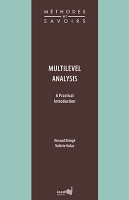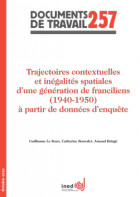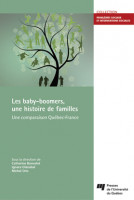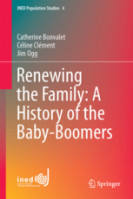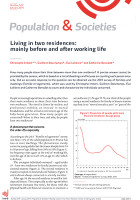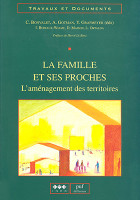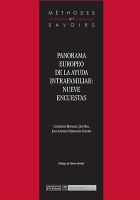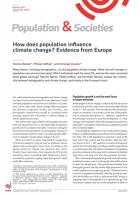
Transformation sociale de Paris et de ses banlieues au cours du xxe siècle : une approche longitudinale et générationnelle
Collection : Documents de travail
n° 237, 2018, 27 pages
The Ile-de-France region underwent profound transformations during the second half of the 20th century, with population decline and the rehabilitation of certain central districts in Paris, in parallel with a process of suburban densification and peri-urbanization. These changes led to a redistribution of populations within the agglomeration, marked by the departure of working- and middle-class residents to the suburbs, the arrival of new migrant working classes, and the beginnings of a gentrification process in the capital. Although generally based on a cross-sectional approach, research on urban segregation has for several decades suggested that the social divisions of space tend to evolve according to the geographical trajectories of individuals and households. In this article, we will extend this research by exploiting an original corpus of INED surveys on the Paris agglomeration to study the mobility of generations who were actors of social transformations in the capital and its suburbs from 1930 to 2000. The results show a strengthening link over generations between social position and ease of access to central Paris, in parallel with expanding urban sprawl and the development of transport networks.


